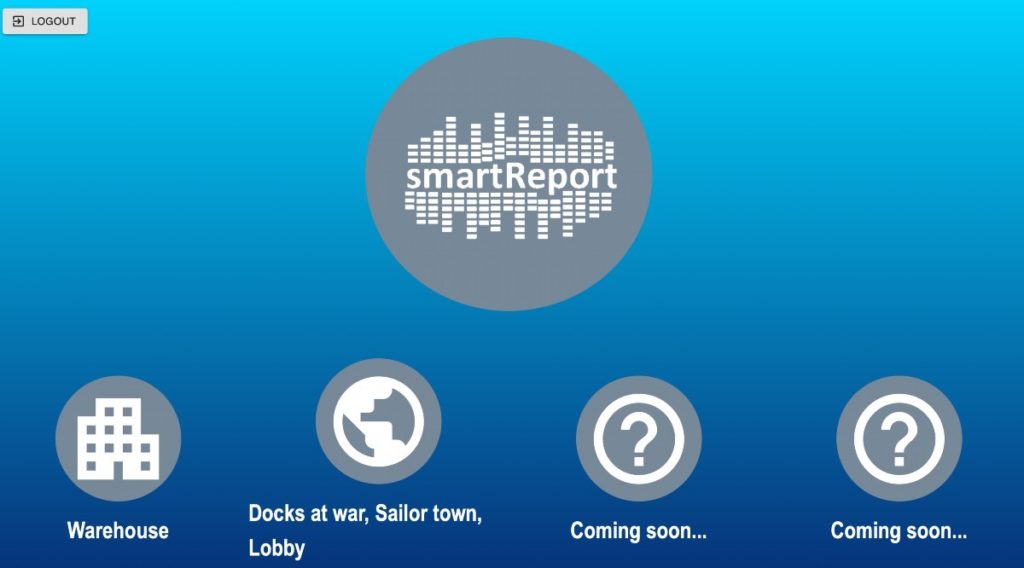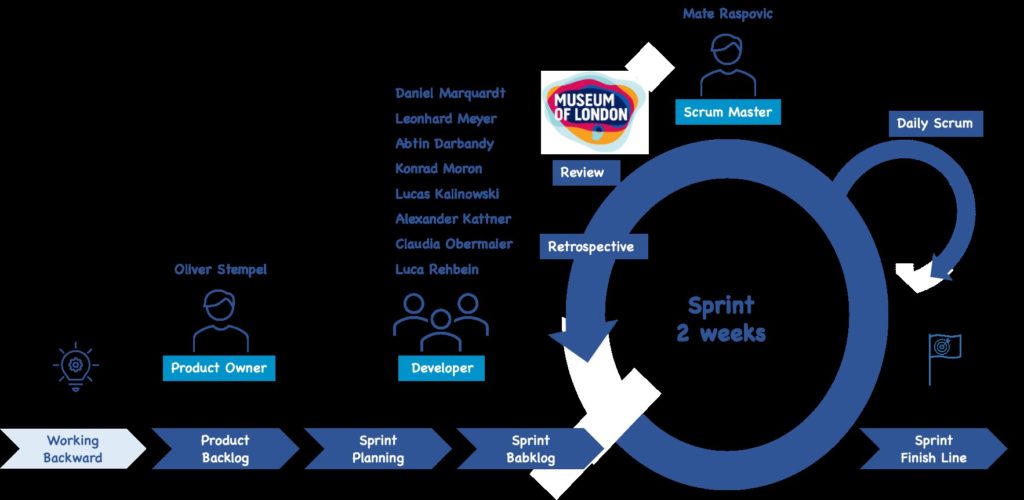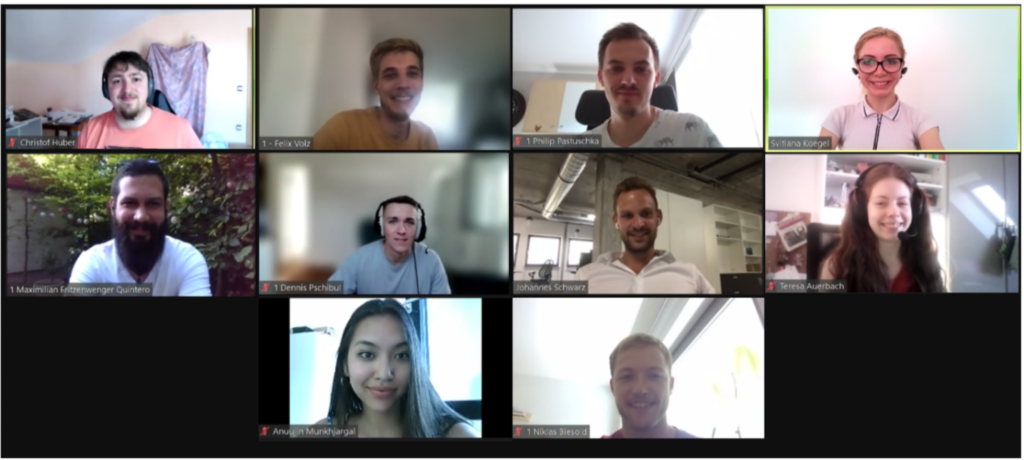“PredictiveBMS” helps preserve art at the Museum of London
In a project of the Co-innovation lab of the Munich University of Applied Sciences, a team of bachelor and master students together with the Museum of London tackled the challenge of introducing predictive maintenance to the museum’s Air Handling Units (AHUs). The “predictiveBMS” application developed in the project uses data from the many sensors in the museum’s AHUs and is able to predict when failures will occur based on the already available data. This addresses the problem of AHU downtime, which can damage the museum’s art in the long run, as the museum can currently only react to failures after they occured as there is no way to predict them at the moment.
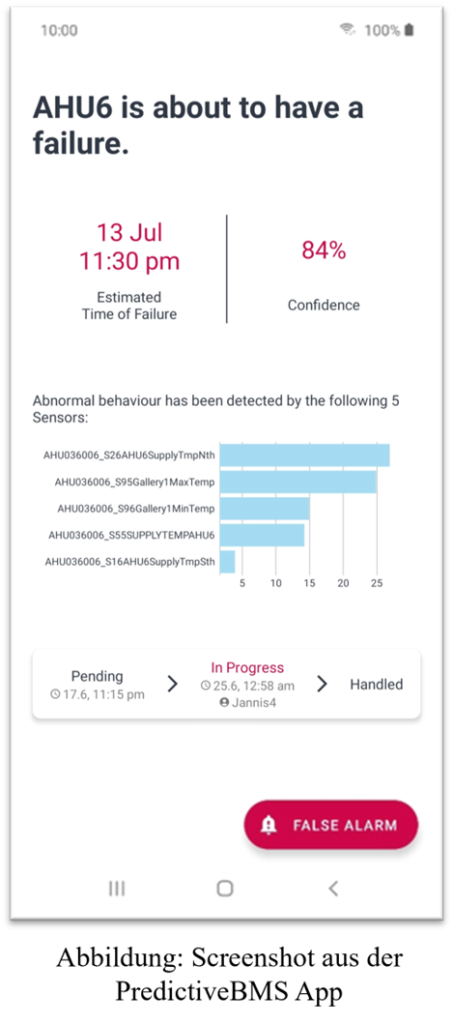
Possibility to avoid failures and downtimes of the Air Handling Units
So far, the MoL has not been able to predict failures and defects in its AHUs. The AHUs ensure that the environmental conditions in the museum remain within the set parameters that provide an optimal indoor climate for the artworks and protect them from, for example, temperature fluctuations and humidity-related damage. However, AHU failures occur frequently and can cause damage to the museum’s artworks if they fail for an extended period of time.
Co-Innovation Lab develops “predictiveBMS” to forecast failures in Air Handling Units
To improve workflow and detect damage in advance, the new application “predictiveBMS” was developed for the AHU maintenance at MoL. Building on the continuously collected data from various sensors in the AHUs, the MoL has taken the opportunity to further develop the smart buildings applications. predictiveBMS is based on machine learning and artificial intelligence and provides the engineers of the MoL with an opportunity to be proactive, as it is now possible to predict failures and outages of the AHUs. The predictiveBMS system provides engineers with a web dashboard that displays all potential failures and sends alerts for faults that might occur. For on the go, predictiveBMS offers an app that can be used from anywhere and informs about potential outages through push notifications.
Facility managers and engineers are looking forward to integrating the solution into their work processes
“The move to use sophisticated learning, forecasting and prediction models in building maintenance is long overdue. We’re excited at the Museum of London to implement predictiveBMS to predict failures and improve operational knowledge and efficiency. This will be a key piece of Facilities Management software going forward.” – Steve Watson, Technical Building Lead (New Museum)
The Museum of London is striving to be carbon free by 2040
The development of a smart building management system that precisely meets the museum’s needs is intended to help achieve the target. The museum wants to be a pioneer in this field, but also a positive influence on other museums in terms of its public responsibility. Smart building management can save not only costs but also large amounts of greenhouse gasses and help to achieve the net zero emissions target set by the British government. In addition, the construction of the new museum, which is currently being designed, offers great potential to make processes and working methods more efficient. The Director of Museum of London (MoL), Sharon Ament has stated that her aim for the New Museum at Smithfield is to build “a new civic space, that is sustainable, for millions of visitors to enjoy, 24 hours a day”
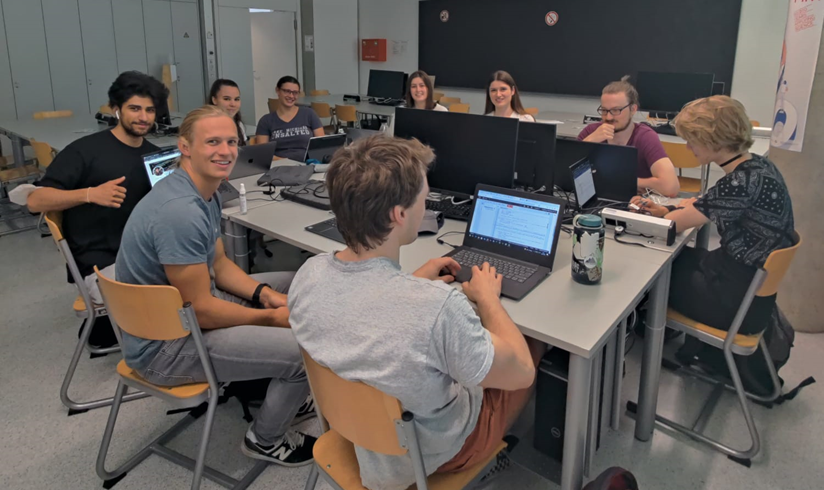
Jana Caven, Lea Neureither, Kathrin Wetzels, Ana Babovic, Tobias Schwarzer, Pascal Severin
Support through Amazon Web Services for project teams
During the development process of the product, the project team was supported by partners from Amazon Web Services (AWS). Lars Schmitz coached the teams at the beginning of the project in Amazon’s “Working Backwards” approach. An approach in which the customer’s problem is fundamentally analyzed and understood prior to the development phase. This process helped the team to thoroughly understand the client’s problem and thus develop an effective solution.
Dieses Co-Innovation Lab Projekt wurde in Kooperation mit dem Digital Transformation Lab (DTLab) an der Hochschule München durchgeführt:
Das Digital Transformation Lab (DTLab) der Hochschule München widmet sich den großen gesellschaftlichen Herausforderungen unserer Zeit. Zusammen mit Akteuren im öffentlichen Sektor entwickeln Studierende zukunftsweisende Lösungsansätze. Hierbei werden sie von Amazon Web Services mit state-of-the-art Cloud-Technologien und der Innovationsmethodik Working Backwards unterstützt. Wir leben digitale Transformation.
Weitere Informationen über das Co-Innovation Lab und das Digital Transformation Lab (DTLab) an der Hochschule München:
- Webseite Co-Innovation Lab: https://www.co-inno-lab.org/
- Webseite DTLab: https://hm.edu/dt-lab/ & Challenge auf der DTLab-Website
Autoren: Team MOL 1

